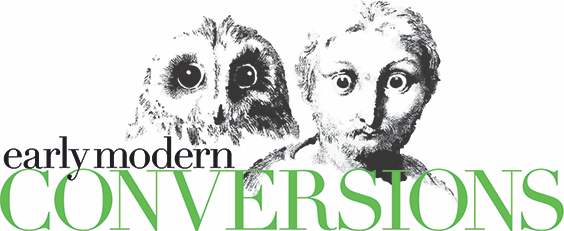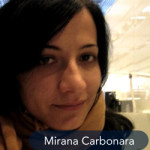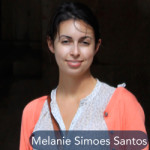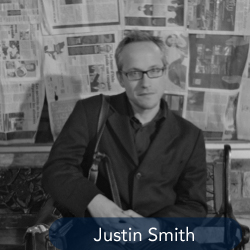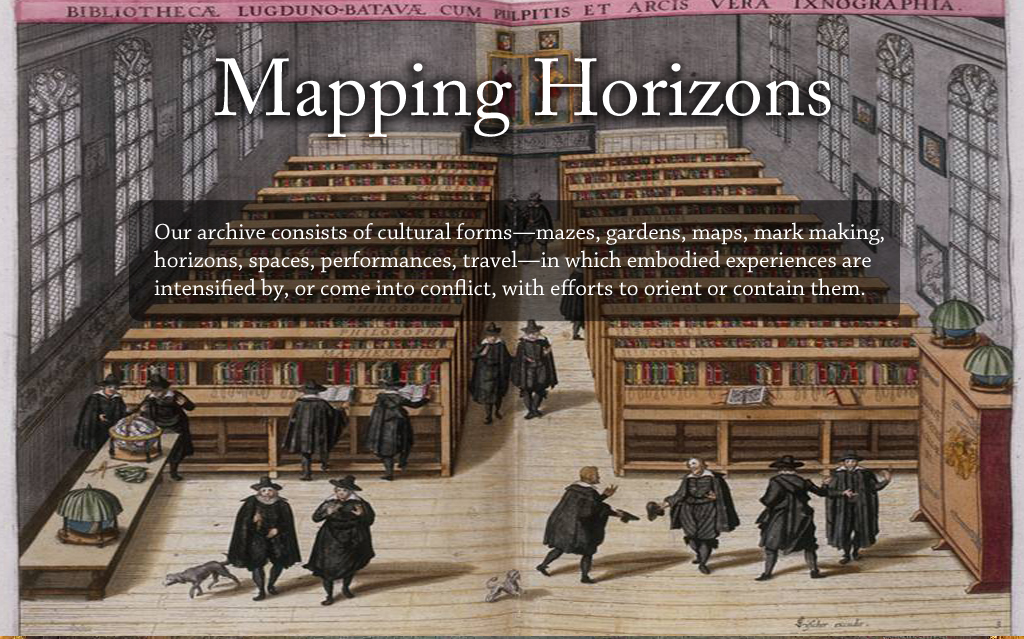
Our focus is the tension between the prediscursive and discursive character of conversion. To this end, we explore the potential, anticipation, and ambivalence of conversion that is sometimes thematized or activated by horizons or thresholds. Our archive consists of cultural forms—mazes, gardens, maps, mark making, horizons, spaces, performances, travel—in which embodied experiences are intensified by, or come into conflict, with efforts to orient or contain them. Movement, wandering, migration, experimentation, improvisation, and sensation will be explored in a dialogue with mechanisms and frameworks that classify, name, manage, and fix bodies and temporal processes, such as borders, grids, framing devices, media, and social, religious, and political investments. In this way, our work engages with cognitive ecologies through consideration of the processes through which conversion becomes imagined, oriented, or intelligible.One hypothesis is that religious conflicts dominate our understanding of conversion in the early modern period in part because of the archive of textual evidence. By considering visual, theatrical, cartographic, and spatial forms, we aim to open up inquiry in new directions, including what might escape representation, and the potential of conversion to operate as theoretical concept.
Some areas of our research include:
The conversion of space (where is it safe, what is friendly, and what is not?), the confessionalization of space, thresholds (bodies of water, horizons, between the play and the audience), activating space, dimensions, intensities, and syntax instead of signs in space, temporal and directional dimensions of conversion.
Some shared interests:
to explore the process from sensation to syntax to semantics
ontology instead of semiotics
intelligibility (the witness)
doubt
the threshold between binaries and dichotomies (the weight of one thing to another):
the page vs stage dichotomy (not both versions of the same things)
the real and ideal
subject and objects
us and them
Some questions for group members:
What is the syntax of your thing?
Isn’t that just change?
How does this thing relate to or not relate to religious forms?
What are the barriers to understanding?
– Click here for the Group Discussion Forum (username and password required).
Read and Listen to our Previous Sessions:
February 24 2014 – Angels and Putis Among Early Modern Architecture and Print Media
